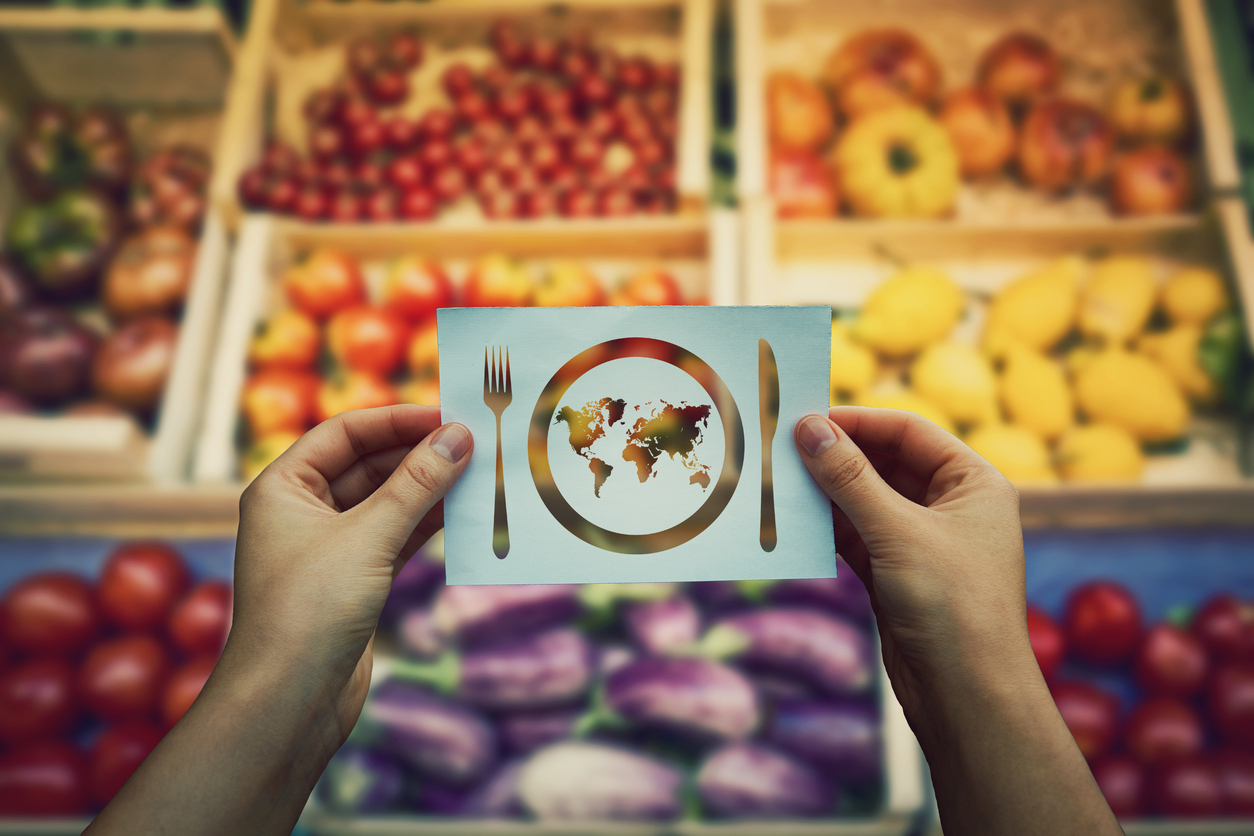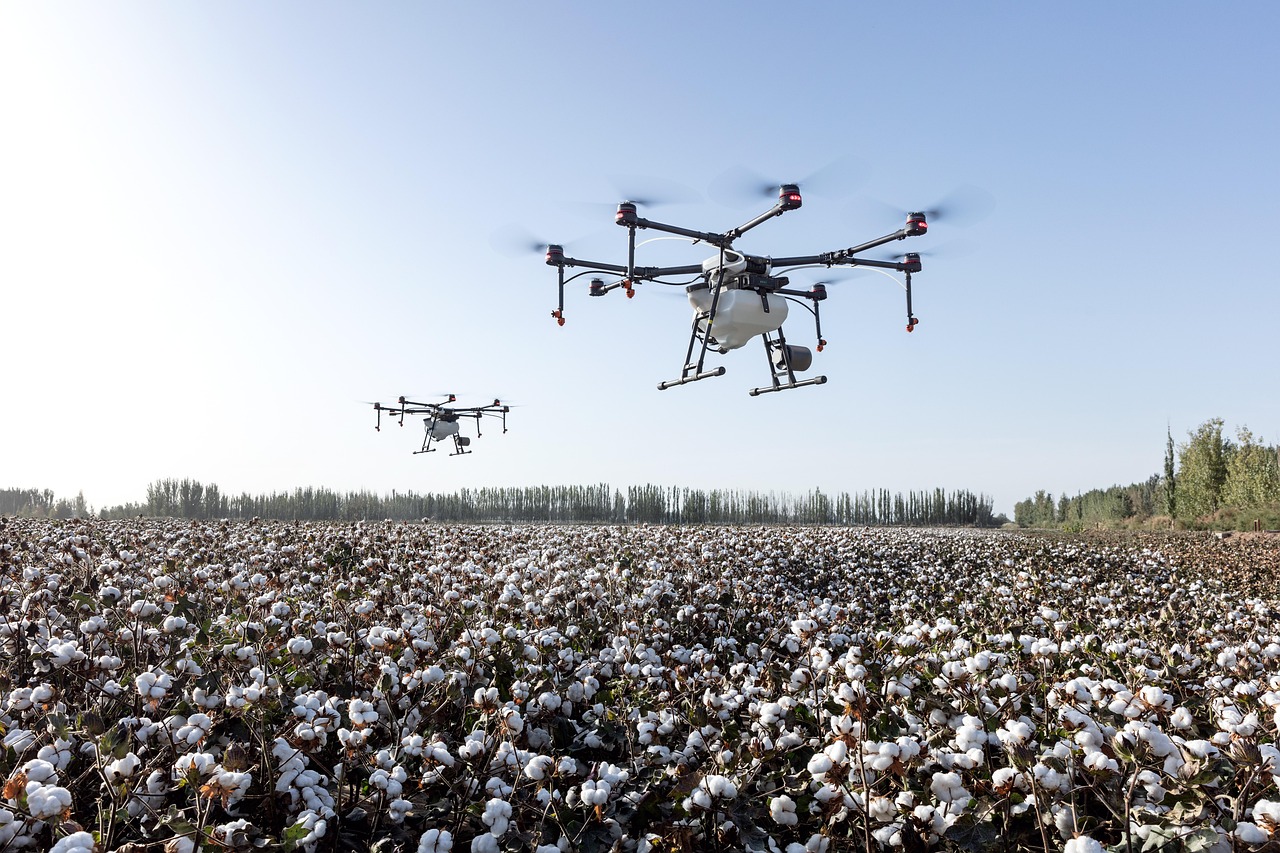Machines in Agriculture
Students make connections between the six types of simple machines and the complex machinery used to produce food and fiber.
Students make connections between the six types of simple machines and the complex machinery used to produce food and fiber.
Students define the word "machine," explain how machines are used in agriculture to produce food and fiber, and compare and contrast a variety of machines.
Students make observations about historic tools used on a dairy farm to store and process milk into cheese and butter.

Students investigate the importance of eating a variety of foods in order to get all the nutrients needed to be healthy, explore diets around the world using Peter Menzel's Hungry Planet Family Food Portraits, and discuss the scope of the problems of hunger and malnutrition using the World Food Programme HungerMap Live.
Students examine the five food groups and what state-grown foods fit into each group by making a local connection to good nutrition and a healthy lifestyle.
Students investigate the collaborative work of an agricultural scientist and engineer who found new uses for soybeans and discuss careers in science and engineering, biobased products, and the use of renewable resources.
Students explore the process of fortification where vitamins and minerals are added to food to make it more healthful and to help people meet their recommended daily intake of different nutrients.
Students choose foods from each of the five food groups to create a meal and calculate the cost of serving the meal to five people and to one person. Students are challenged to plan, prepare, evaluate, and eat a lunch meal that costs less than $1.50 per person.
Students create, read, and interpret graphs relating to the economic importance of the dairy industry and are challenged to understand the economic consequences of a day without dairy.
Students explore heredity concepts by comparing observable traits of apples and onions, collecting data on the traits of different apple varieties, and investigating apple production. Additional activities include hands-on methods for testing apple ripeness.
Students determine that agriculture provides nearly all of the products we rely on in any given day by participating in a relay where they match an everyday item with its "source."

Students discover the science behind how a drone works, explore how drones are used in agriculture, and program and operate a drone for the purpose of monitoring grazing sheep.